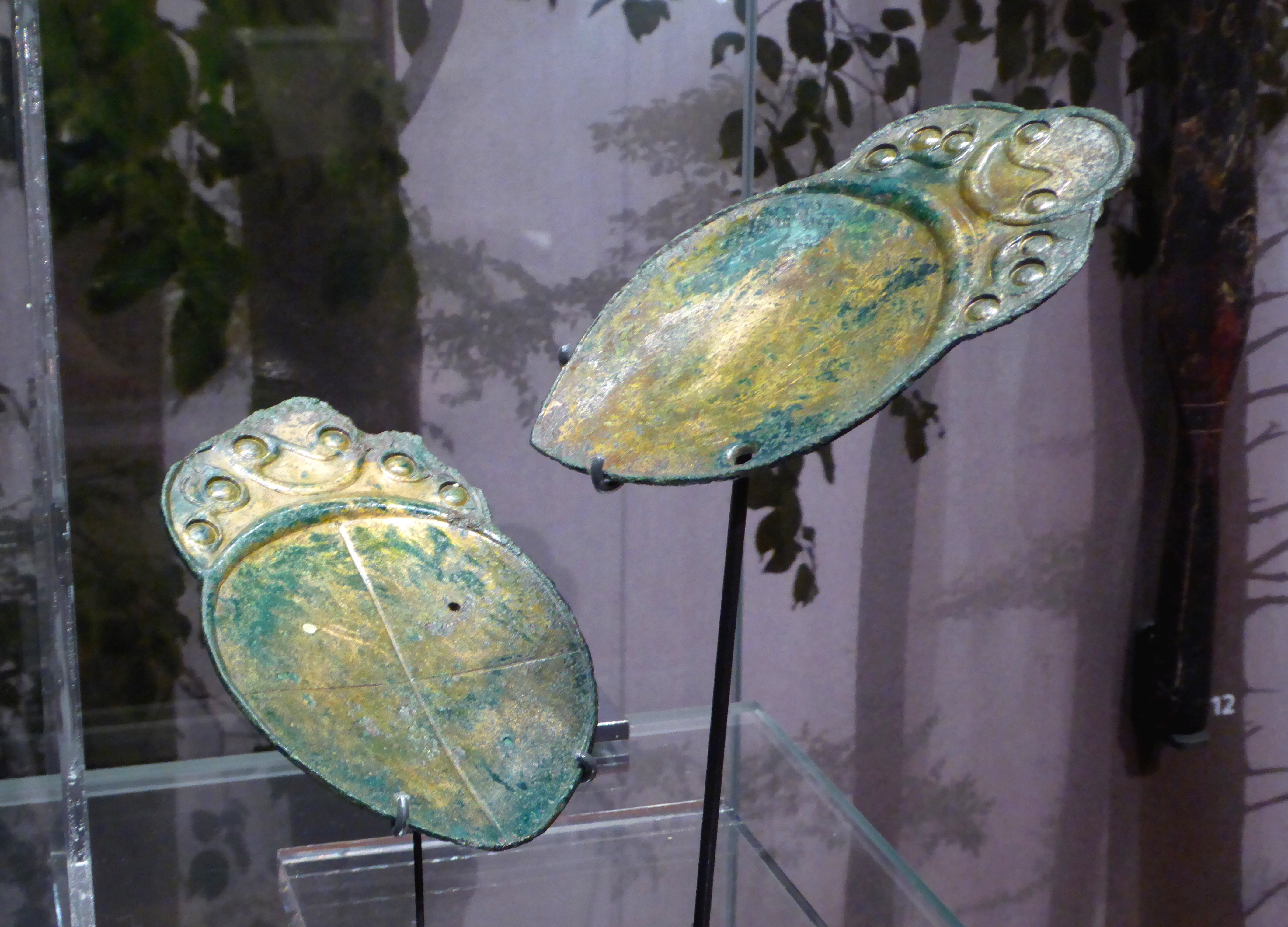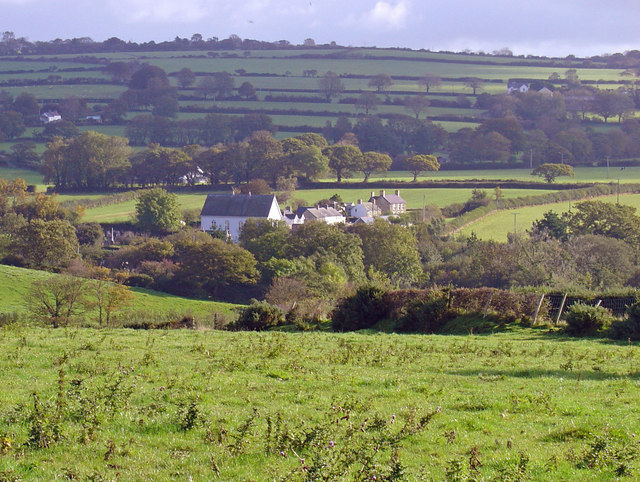Allt y Corde
Wood, Forest in Cardiganshire
Wales
Allt y Corde

Allt y Corde is a picturesque woodland located in Cardiganshire, Wales. Covering an area of approximately 50 acres, it is a haven for nature enthusiasts and outdoor adventurers. The woodland is predominantly composed of a variety of trees, including oak, beech, and birch, creating a dense and diverse forest ecosystem.
The natural beauty of Allt y Corde is enhanced by its hilly terrain, which offers breathtaking views of the surrounding countryside. The woodland is intersected by a small stream, adding to its charm and providing a habitat for various species of wildlife, including birds, insects, and small mammals.
The woodland is well-maintained, with clearly marked trails that allow visitors to explore its wonders. These trails are suitable for both walking and cycling, making Allt y Corde a popular destination for outdoor enthusiasts of all ages and abilities. Along the trails, visitors can discover an array of flora and fauna, with wildflowers, ferns, and mosses decorating the forest floor.
Allt y Corde is also home to a range of recreational facilities, including picnic areas and a children's playground. These amenities make it an ideal location for families to spend quality time together, enjoying the natural surroundings and engaging in outdoor activities.
Furthermore, the woodland plays an important role in conserving biodiversity and protecting the local ecosystem. It is managed sustainably, with efforts made to preserve the natural habitat and promote the growth of native plant species.
Overall, Allt y Corde in Cardiganshire offers a serene and idyllic escape for nature lovers, providing a tranquil setting to explore, relax, and appreciate the wonders of the Welsh countryside.
If you have any feedback on the listing, please let us know in the comments section below.
Allt y Corde Images
Images are sourced within 2km of 52.123881/-4.4705607 or Grid Reference SN3050. Thanks to Geograph Open Source API. All images are credited.
![Gaer Pwntan Parked below house of Preston North End supporter then used good marked footpath to access Pwntan Quarry trig at the summit.
Name: Gaer Pwntan
Hill number: 15361
Height:225m / 738ft
Parent (Ma/M): 2221 Rhos Ymryson
Section:31C: South-West Wales
County/UA: Cardiganshire [Ceredigion] (CoU)
Class: Tump (200-299m)
Grid ref:SN291493 (est)
Drop: 41m
Col:184m SN313508](https://s1.geograph.org.uk/geophotos/04/66/69/4666997_b96505cf.jpg)


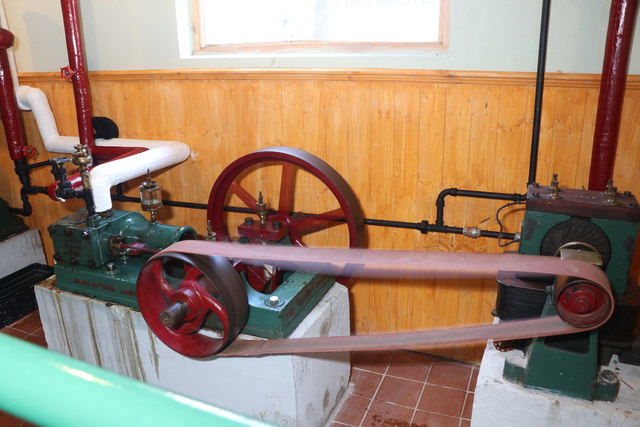

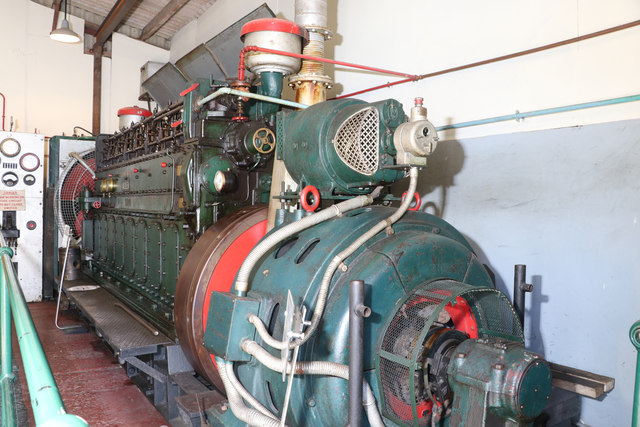
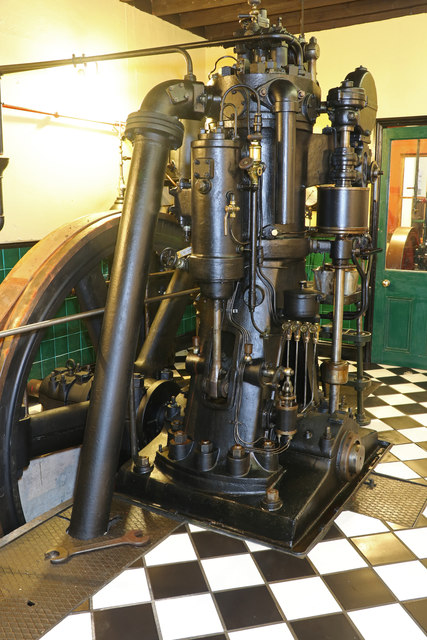







Allt y Corde is located at Grid Ref: SN3050 (Lat: 52.123881, Lng: -4.4705607)
Unitary Authority: Ceredigion
Police Authority: Dyfed Powys
What 3 Words
///entertainer.cutlets.fatigued. Near Aberporth, Ceredigion
Nearby Locations
Related Wikis
Castell Nadolig
Castell Nadolig ("Christmas Castle") is an Iron Age hillfort, about 2.5 miles (4 km) east of the village of Aberporth and about 1 mile (2 km) south of...
Glynarthen
Glynarthen is a small village located in Ceredigion, Wales. It is part of the community of Penbryn, along with the neighbouring villages of Brynhoffnant...
Penmorfa
Penmorfa is the name of two villages in Wales. One is a small village in the community of Penbryn, Ceredigion, Wales. Penmorfa is represented in the Senedd...
Dyffryn-bern
Dyffryn-bern is a small village in the community of Penbryn, Ceredigion, Wales, which is 72.4 miles (116.5 km) from Cardiff and 191.8 miles (308.6 km...
Nearby Amenities
Located within 500m of 52.123881,-4.4705607Have you been to Allt y Corde?
Leave your review of Allt y Corde below (or comments, questions and feedback).



